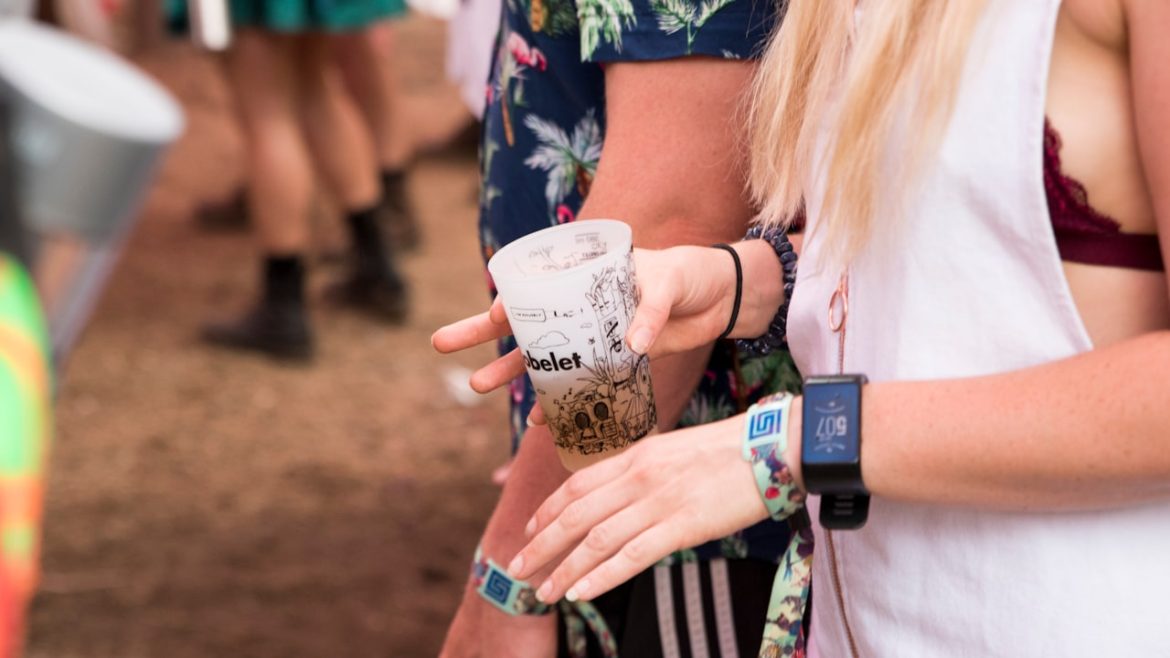Prototypes are models or mock-ups of actual products made by turning ideas into concepts with physical structures. Plastic prototypes are made before a final product is fabricated. Typically plastics are mass-produced using methods like injection and blow molding, but they are not ideal for low-volume production. Plastic prototyping companies use additive manufacturing, CNC machining, and rapid injection molding methods to develop plastic prototypes. Machining plastic prototypes can be challenging, so we look at tips for making a properly machined plastic prototype below.
How to Create a Properly Machined Plastic Prototype
Plastic prototypes appear softer and seem easy to work on. However, they pose great challenges like deflecting during the process, expansion due to heat, or formation of burrs. To avoid these problems when machining, do the following.
1. Identify the properties of the plastic part before machining
There are several types of plastics available for use in manufacturing. Your choice of plastic is influenced mainly by the final product. In addition, the machining technique, parameters, and tooling selection also affect the kind of plastic you use. Every plastic material possesses different properties, which make the machining processes different.
Some are extremely soft and slip from the clamp, while others are so brittle and barely last the process without breaking. Also, the heat threshold differs between plastics. Some are resilient, but when heated, they become brittle. Others melt, chip while others expand, changing the dimensions and surface finish. Understanding each plastic’s properties helps to apply the correct techniques to make it successful.
2. Get proper cutting tools for the process
When making plastic prototypes, the plastic materials and geometry of the tools affect heat production. Cutting tools have varying geometries; that is, they are shaped and angled differently. Besides affecting heat generation, geometry also affects the plastic quality, efficiency, and machining process. The market has a vast selection of cutting tools to suit your needs.
Tools with uncoated carbide are suitable for making plastic prototypes. Heat is a major part of the process, so using cutting tools with large chip evacuation clearance is important. Drills that twist at 12 degrees to 18 degrees angle offer the best clearance and reduce the heat produced. Polished toolings also minimize heat production, unlike those with dull bits.
Have rigid support for your work
Since plastic is soft, it easy for it to come out of place. Ensure you have a rigid clamp to prevent deflection and excessive vibration when machining plastic prototypes. There are multiple ways of making the clamp more secure, like adding fixtures, ridges, and collets.
1. Know which polishing process the plastic needs
Using the best polishing technique on your prototype gives it a smooth surface finish. Manufacturers use vapor polishing, flame polishing, buffing, and optical machining to finish plastics. Buffing is the most popular method and gives the best surface finish.
2. Have good machining parameters
Choose the best feed rate and speed based on the type of plastic. This prevents the development of burrs and lousy finishes. Unlike metal, plastics are more delicate so avoid aggressive cutting.
Conclusion
Plastic prototypes are machined in different ways example, additive manufacturing. Though this process allows low-volume production, plastics can be difficult to machine if proper parameters are not followed. The tips above are necessary for the formation of good plastic prototypes. They ensure good surface finishes and quality and are cost-effective.

